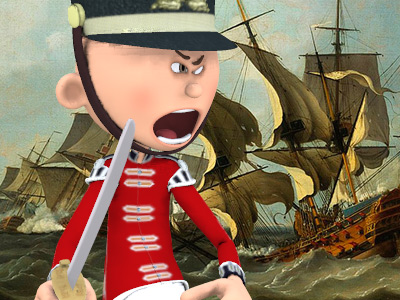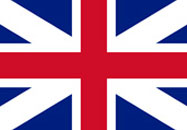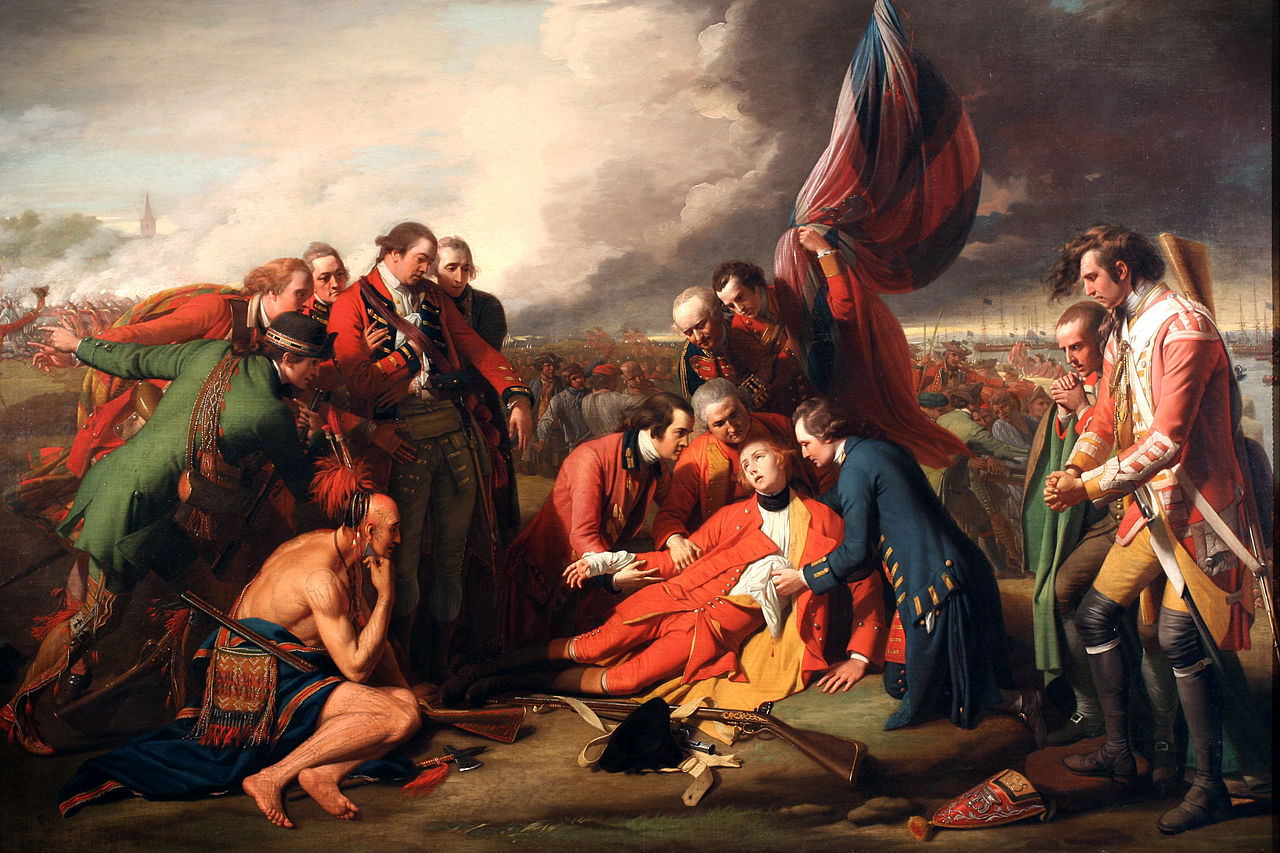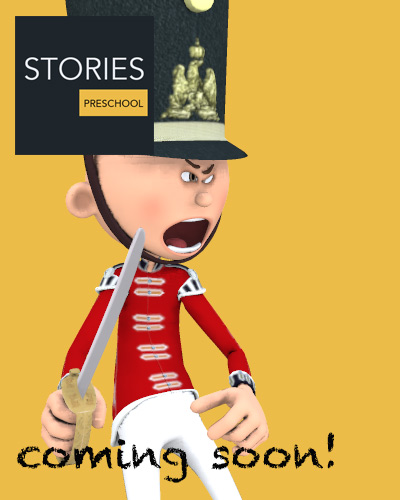Seven Years' War (1756-1763)
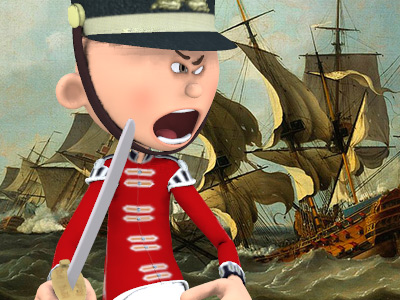
Europe 1758
In early 1758, Frederick launched an invasion of Moravia, and laid siege to Olmütz (now Olomouc, Czech Republic). Following an Austrian victory at the Battle of Domstadtl that wiped out a supply convoy destined for Olmütz, Frederick broke off the siege and withdrew from Moravia. It marked the end of his final attempt to launch a major invasion of Austrian territory. In January 1758, the Russians Russian Empire was an empire and the final period of the Russian monarchy from 1721 to 1917, ruling across large parts of Eurasia. The rise of the Russian Empire coincided with the decline of neighbouring rival powers: the Swedish Empire, the Polish–Lithuanian Commonwealth, Qajar Iran, the Ottoman Empire, and Qing China. Russia remains the third-largest empire in history, surpassed only by the British Empire and the Mongol Empire. invaded East Prussia, where the province almost denuded of troops put little opposition. East Prussia had been occupied by Russian forces over the winter and would remain under their control until 1762, although Frederick did not see the Russians as an immediate threat and instead entertained hopes of first fighting a decisive battle against Austria
Russian Empire was an empire and the final period of the Russian monarchy from 1721 to 1917, ruling across large parts of Eurasia. The rise of the Russian Empire coincided with the decline of neighbouring rival powers: the Swedish Empire, the Polish–Lithuanian Commonwealth, Qajar Iran, the Ottoman Empire, and Qing China. Russia remains the third-largest empire in history, surpassed only by the British Empire and the Mongol Empire. invaded East Prussia, where the province almost denuded of troops put little opposition. East Prussia had been occupied by Russian forces over the winter and would remain under their control until 1762, although Frederick did not see the Russians as an immediate threat and instead entertained hopes of first fighting a decisive battle against Austria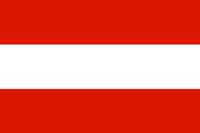 The Archduchy of Austria was a major principality of the Holy Roman Empire and the nucleus of the Habsburg monarchy. With its capital at Vienna, the archduchy was centered at the Empire's southeastern periphery. The archduchy's history as an imperial state ended with the dissolution of the Holy Roman Empire in 1806. It was replaced with the Lower and Upper Austria crown lands of the Austrian Empire. that would knock them out of the war.
The Archduchy of Austria was a major principality of the Holy Roman Empire and the nucleus of the Habsburg monarchy. With its capital at Vienna, the archduchy was centered at the Empire's southeastern periphery. The archduchy's history as an imperial state ended with the dissolution of the Holy Roman Empire in 1806. It was replaced with the Lower and Upper Austria crown lands of the Austrian Empire. that would knock them out of the war.

Battle of Krefeld – a map of the area in The Gentleman's Magazine
In April 1758, the British The Kingdom of Great Britain was a sovereign country in Western Europe from 1 May 1707 to the end of 31 December 1800. The state was created by the 1706 Treaty of Union and ratified by the Acts of Union 1707, which united the kingdoms of England (which included Wales) and Scotland to form a single kingdom encompassing the whole island of Great Britain and its outlying islands, with the exception of the Isle of Man and the Channel Islands. concluded the Anglo-Prussian Convention with Frederick in which they committed to pay him an annual subsidy of £670,000. Britain also dispatched 9,000 troops to reinforce Ferdinand's Hanoverian army, the first British troop commitment on the continent and a reversal in the policy of Pitt. Ferdinand had succeeded in driving the French from Hanover and Westphalia and re-captured the port of Emden in March 1758 before crossing the Rhine with his own forces, which caused alarm in France
The Kingdom of Great Britain was a sovereign country in Western Europe from 1 May 1707 to the end of 31 December 1800. The state was created by the 1706 Treaty of Union and ratified by the Acts of Union 1707, which united the kingdoms of England (which included Wales) and Scotland to form a single kingdom encompassing the whole island of Great Britain and its outlying islands, with the exception of the Isle of Man and the Channel Islands. concluded the Anglo-Prussian Convention with Frederick in which they committed to pay him an annual subsidy of £670,000. Britain also dispatched 9,000 troops to reinforce Ferdinand's Hanoverian army, the first British troop commitment on the continent and a reversal in the policy of Pitt. Ferdinand had succeeded in driving the French from Hanover and Westphalia and re-captured the port of Emden in March 1758 before crossing the Rhine with his own forces, which caused alarm in France The Kingdom of France is the historiographical name or umbrella term given to various political entities of France in the medieval and early modern period. It was one of the most powerful states in Europe since the High Middle Ages. It was also an early colonial power, with possessions around the world. Colonial conflicts with Great Britain led to the loss of much of its North American holdings by 1763. The Kingdom of France adopted a written constitution in 1791, but the Kingdom was abolished a year later and replaced with the First French Republic.. Despite Ferdinand's victory over the French at the Battle of Krefeld and the brief occupation of Düsseldorf, he was compelled by the successful manoeuvering of larger French forces to withdraw across the Rhine.
The Kingdom of France is the historiographical name or umbrella term given to various political entities of France in the medieval and early modern period. It was one of the most powerful states in Europe since the High Middle Ages. It was also an early colonial power, with possessions around the world. Colonial conflicts with Great Britain led to the loss of much of its North American holdings by 1763. The Kingdom of France adopted a written constitution in 1791, but the Kingdom was abolished a year later and replaced with the First French Republic.. Despite Ferdinand's victory over the French at the Battle of Krefeld and the brief occupation of Düsseldorf, he was compelled by the successful manoeuvering of larger French forces to withdraw across the Rhine.
By this point Frederick was increasingly concerned by the Russian advance from the east and marched to counter it. Just east of the Oder in Brandenburg-Neumark, at the Battle of Zorndorf (now Sarbinowo, Poland), a Prussia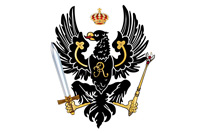 The Kingdom of Prussia was a German kingdom that constituted the state of Prussia between 1701 and 1918. It was the driving force behind the unification of Germany in 1871 and was the leading state of the German Empire until its dissolution in 1918. Although it took its name from the region called Prussia, it was based in the Margraviate of Brandenburg. Its capital was Berlin. army of 35,000 men under Frederick on 25 August 1758, fought a Russian army of 43,000 commanded by Count William Fermor. Both sides suffered heavy casualties – the Prussians 12,800, the Russians 18,000 – but the Russians withdrew, and Frederick claimed victory. The American historian Daniel Marston described Zorndorf as a "draw" as both sides were too exhausted and had taken such losses that neither wished to fight another battle with the other. In the undecided Battle of Tornow on 25 September, a Swedish army repulsed six assaults by a Prussian army but did not push on Berlin following the Battle of Fehrbellin.
The Kingdom of Prussia was a German kingdom that constituted the state of Prussia between 1701 and 1918. It was the driving force behind the unification of Germany in 1871 and was the leading state of the German Empire until its dissolution in 1918. Although it took its name from the region called Prussia, it was based in the Margraviate of Brandenburg. Its capital was Berlin. army of 35,000 men under Frederick on 25 August 1758, fought a Russian army of 43,000 commanded by Count William Fermor. Both sides suffered heavy casualties – the Prussians 12,800, the Russians 18,000 – but the Russians withdrew, and Frederick claimed victory. The American historian Daniel Marston described Zorndorf as a "draw" as both sides were too exhausted and had taken such losses that neither wished to fight another battle with the other. In the undecided Battle of Tornow on 25 September, a Swedish army repulsed six assaults by a Prussian army but did not push on Berlin following the Battle of Fehrbellin.

Battle of Hochkirch

Battle of Hochkirch
( Click image to enlarge)
The war was continuing indecisively when on 14 October Marshal Daun's Austrians surprised the main Prussian army at the Battle of Hochkirch in Saxony. Frederick lost much of his artillery but retreated in good order, helped by dense woods. The Austrians had ultimately made little progress in the campaign in Saxony despite Hochkirch and had failed to achieve a decisive breakthrough. After a thwarted attempt to take Dresden, Daun's troops were forced to withdraw to Austrian territory for the winter, so that Saxony remained under Prussian occupation. At the same time, the Russians failed in an attempt to take Kolberg in Pomerania (now Kołobrzeg, Poland) from the Prussians.
In France, 1758 had been disappointing, and in the wake of this a new chief minister, the Duc de Choiseul, was appointed. Choiseul planned to end the war in 1759 by making strong attacks on Britain and Hanover.
HISTORY
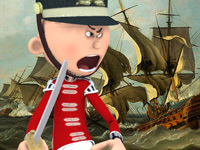
RESOURCES
This article uses material from the Wikipedia article "Seven Years' War", which is released under the Creative Commons Attribution-Share-Alike License 3.0.
© Stories Preschool. All Rights Reserved.
